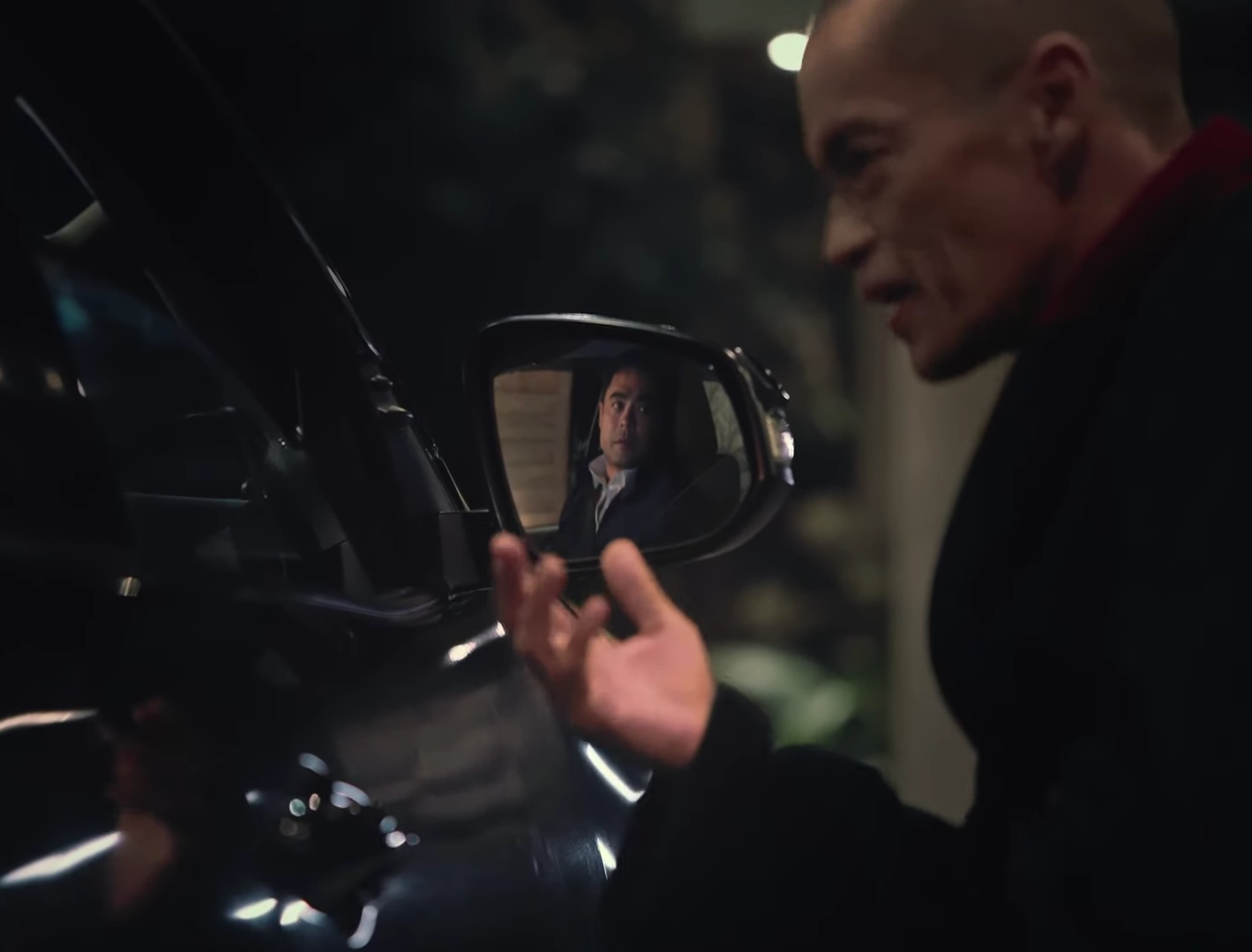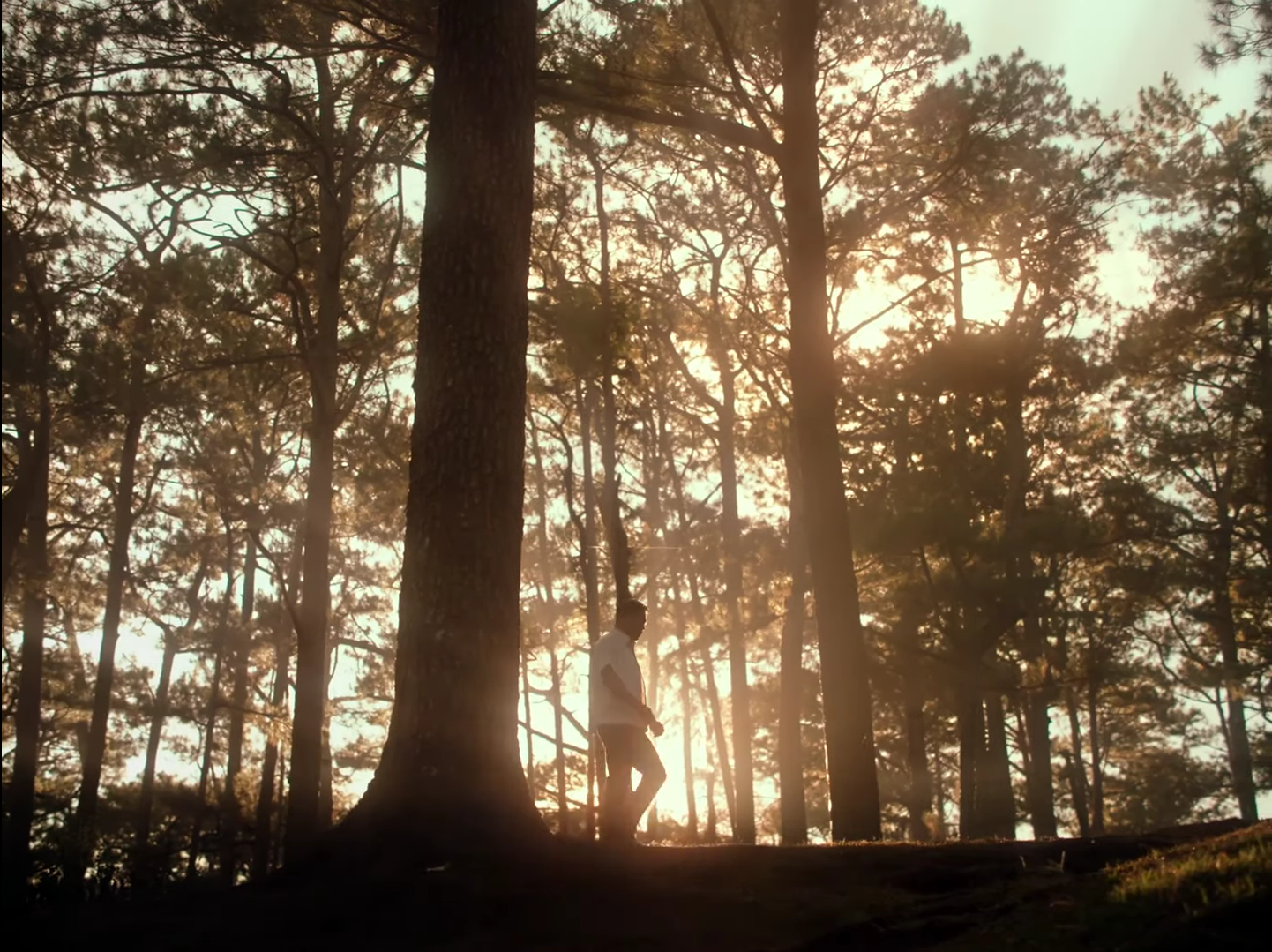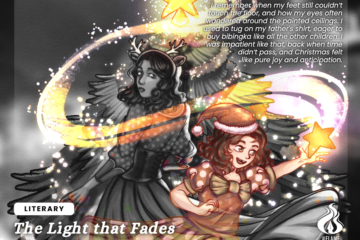DRIVERS ARE more than just service providers.
In between getting people from point A to point B, drivers can form and distinguish meaningful relationships with their passengers. Their line of work allows them to see how different social classes interact with one another, which may simultaneously blur social hierarchy as the brief journey provides an unfiltered access to the patrons.
Directed by Dominic Bekaert, An Errand premiered at the 20th Cinemalaya Film Festival which ran from Aug. 2 to 11 at select Ayala Malls Cinemas. The film’s Cinemalaya stint garnered the Best Sound Design Award for Jedd Dumaguina and Mario Consunji, and the Best Editing Award for Dominic Bekaert.
Based on Sarge Lacuesta’s short story of the same name, the film blends city life and fantasy with its subtle and brisk narrative, tackling the social strata between drivers and their superiors.
The film follows Moroy’s (Sid Lucero) perspective of Brenda’s (Elora Españo) illicit affairs with his boss, who is only referred to as ‘Sir.’ During Sir’s (Arthur Acuña) birthday, Brenda gifts him a t-shirt, a staple reminder of her presence in the narrative and becomes the catalyst of Moroy’s evolving understanding and awareness of the social hierarchy through his job in the film.
An Errand begins with Moroy running various tasks for Sir, eventually shifting the focus more to his mind’s capabilities to discern reality from fantasy. As depicted in the narrative, Moroy’s psyche and perspective of others are heavily influenced by fictional stories and small talk from the people he encountered.

At surface level, the plot depicts an elongated journey of a normal transaction between a boss and employee, including scenes of working in ungodly hours. Beneath it all, however, the film offers much more as the socio-cultural dynamics between the protagonist and the rest of the cast are symbolically illustrated through intricate flashbacks. For instance, a scene where Moroy defends Sir from the other drivers signifies a docile attitude towards his boss. In another scene, Sir orders Moroy to get his t-shirt in the dead of night, indicating his entitlement over Moroy’s time.
Moroy’s vehicle acts as a portal between reality and fantasy as it holds memories of those who had ridden it as well as the stories that fellow driver Ben (Nanding Josef) shares with him. The conventional lines of social hierarchy are blurred through his realizations about the people he interacts with.
Beyond all the glamor and wealth, these people all had crude, hidden desires and would do anything to easily obtain their wishes. One instance is Ben and Moroy’s light-hearted conversation with the other drivers about women.

Despite their close intimacy, Sir, Brenda and Moroy came from the upper, middle and lower class, respectively. The difference in social status influenced how the characters blend and navigate the social structure in society. However, the portrayal was lopsided as the film focused more on the rich. The middle class was briefly represented through vague intimate scenes while the lower class was illustrated doing arduous tasks in exchange for meager pay.
Ben’s character was the epitome of a driver’s life. As the oldest driver in the group, Ben had a pool of knowledge and stories to share from his job. He opened a fantasy sub narrative by introducing Rex (Eric Kelly), a driver born out of hearsay within drivers. This subplot balanced the monotonous pace of the main narrative.
Rex symbolized the drivers’ fantasy of becoming a hero for their boss by taking down bad guys and surviving near death instances. Josef’s delivery of Ben’s character through vivid storytelling allowed an urban legend to seamlessly weave itself into the main narrative and Moroy’s psyche.
Similarities between Moroy and Rex were emphasized with the scenes of city roads and other symbolic elements. An example of this is their docility despite their bosses’ wrongdoings represented by the presence of dogs near the two characters. This foreshadowed their fates, relationship with their superiors and defining characteristics.
The use of transitions to accommodate two narratives was effective in illustrating the similarities between the characters. However, it became repetitive and tedious to watch.
Aural environments added to the emotional depth of the movie, as it was reduced in what was supposed to be noisy scenes of characters. The gravity of the social topics became heavier with the play of sound, forcing the audience to tune-in and focus more on the conversations held by drivers rather than on the environment.

An original rendition of Ilonggo folk song Ay Kalisud, which depicts the anguish of losing a beloved, played during the film to fill the void in Moroy’s mind. At one point, Moroy sings it while driving, further indicating his growing perspective of people, especially of himself. The song illustrates how Moroy lost a part of himself due to his work and the mixed beliefs of his colleagues. A dreamlike background scenery whenever he was alone also depicted the void in his journey as well as his emotions and thoughts about his job and his boss.
There were filler scenes that demonstrated a social issue that had no connection to the narrative. While some scenes depict relevant social issues in the country, they did not contribute anything to Moroy’s character development.
Though a straightforward errand for many, Moroy’s long drive, coupled with his reflections, showed otherwise. Ultimately, An Errand captured the everyday, unseen lives of different social classes through the humble viewpoint of a driver.
The theme was evident throughout the film. However, the subplot and the fillers overpowered the main narrative which made the ending questionable at best. F – Trixcy Anne Loseriaga



